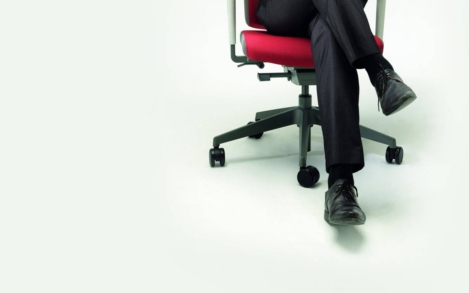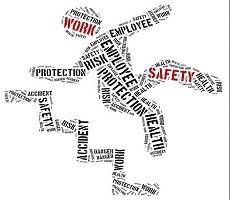August 4, 2016
Connectivity creep is driving more people to switch off their devices 0
 Fifteen million UK internet users have undertaken a ‘digital detox’ in a bid to strike a healthier balance between technology and life beyond the screen, according to a new Ofcom study. The study of around 2,500 people suggests that our reliance on the internet is affecting people’s personal and working lives, leading many to seek time away from the web to spend time with friends and family. Ofcom’s Communications Market Report 2016 finds that one in three adult internet users (34 percent), equivalent to 15 million people in the UK, has sought a period of time offline, with one in ten (11 percent) doing so in the last week alone. Of these digital down-timers, 25 percent spent up to a day internet-free; 20 percent took up to a week off; and 5 percent went web-free for up to a whole month. The most common reasons for taking a time out were to spend more time doing other things (cited by 44 percent) and more time talking to friends and family (38 percent).
Fifteen million UK internet users have undertaken a ‘digital detox’ in a bid to strike a healthier balance between technology and life beyond the screen, according to a new Ofcom study. The study of around 2,500 people suggests that our reliance on the internet is affecting people’s personal and working lives, leading many to seek time away from the web to spend time with friends and family. Ofcom’s Communications Market Report 2016 finds that one in three adult internet users (34 percent), equivalent to 15 million people in the UK, has sought a period of time offline, with one in ten (11 percent) doing so in the last week alone. Of these digital down-timers, 25 percent spent up to a day internet-free; 20 percent took up to a week off; and 5 percent went web-free for up to a whole month. The most common reasons for taking a time out were to spend more time doing other things (cited by 44 percent) and more time talking to friends and family (38 percent).







 Whether or not you raise an eyebrow every time you hear about the need for employee engagement, there is a growing body of research which links engagement to performance.
Whether or not you raise an eyebrow every time you hear about the need for employee engagement, there is a growing body of research which links engagement to performance. 


 In years gone by, a ‘one size fits all’ approach to office design might have been the norm, but as the decades have progressed, so too have the options available to businesses designing ‘homes from home’ for their office-based workforces. As new interpretations of the office environment proliferated, so the open plan model came to into being and eventually evolved into the default office design model. This initially brought greater variety than ever before but, ultimately, a one size fits all mentality in
In years gone by, a ‘one size fits all’ approach to office design might have been the norm, but as the decades have progressed, so too have the options available to businesses designing ‘homes from home’ for their office-based workforces. As new interpretations of the office environment proliferated, so the open plan model came to into being and eventually evolved into the default office design model. This initially brought greater variety than ever before but, ultimately, a one size fits all mentality in 
 Companies are rethinking the tools they use to keep employees engaged and loyal – especially at a time when flexibility and choice are increasingly important to an workforce that craves mobility and choice. A newly released survey from
Companies are rethinking the tools they use to keep employees engaged and loyal – especially at a time when flexibility and choice are increasingly important to an workforce that craves mobility and choice. A newly released survey from 

















October 27, 2015
Seven ways your choice of new office may boost business performance 0
by Darren Bilsborough • Comment, Facilities management, Property
(more…)